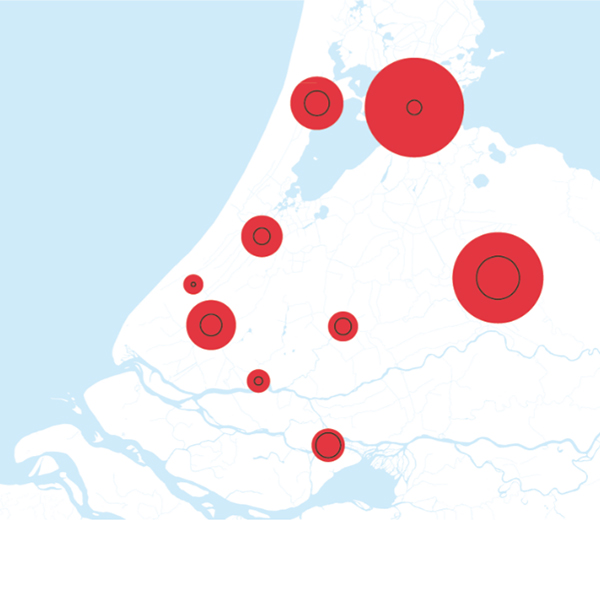Abstract
In OverHolland 9 I described the development of the Randstad (1200-2000) in seven stages, using the rank-size rule method, in order to weight the existing explanatory models in the various periods and thus assemble clues for further research to explain the transformation in urban patterns. Besides administrative issues, such models repeatedly mention infrastructure, transport and economic phenomena such as integration, specialisation and upscaling as factors that explain changes in the urban hierarchy. It is now generally assumed that favourable transport conditions during the Middle Ages played a part in the emergence of urban patterns. It seems worthwhile, therefore, to take a closer look at the relationship between infrastructure and changes in the urban pattern in Holland between 1200 and 1560.
How to Cite
Published
Issue
Section
License
Copyright (c) 2011 OverHolland

This work is licensed under a Creative Commons Attribution 4.0 International License.




